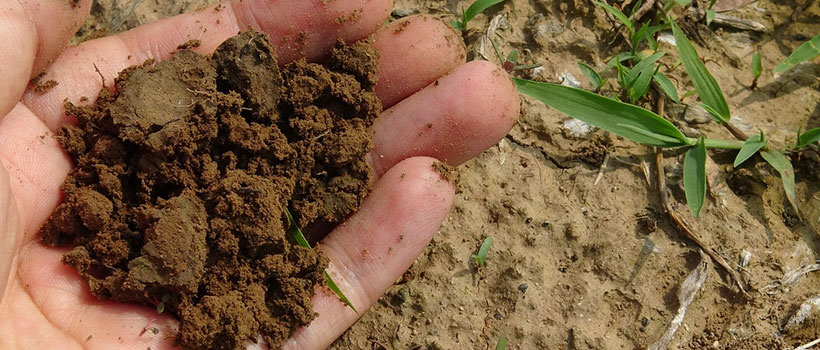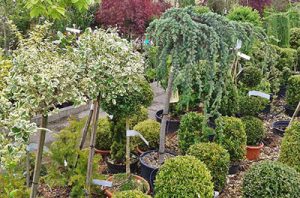
Neuheimer Tree Care wants you to know that a tree is only as good as the soil it is growing in. Proper fertilization and soil amendment can mean the difference between a scraggly struggling tree and a healthy tree experiencing optimum growth and a full, lush crown.
Clay, Sand and Rocky Soil
Much of the Windsor and Essex County areas suffer from soil conditions that are not always optimal for tree and pant growth. This problem is aggravated by the removal or disturbance of nutrient-rich topsoil as new suburbs and communities are being developed. Dense clay soil and rocky soil are problematic to tree growth in certain areas in Southern Ontario. Although certain species of trees and shrubs thrive easily in clay or dense soil, other species require soft loamy soil that is rich in nitrates and organic matter. Sandy soil may be fine for evergreens and grasses, but provide little for fruit and other deciduous trees.
Soil Analysis
A Neuheimer certified arborist will begin by performing a soil analysis to determine the composition of the ground around your property. Fertilization on its own may not necessarily create the optimal soil conditions needed. Determining the pH level of soil and amount of organic matter present will help us create a more accurate picture of the quality of the ground on your property. In addition to the consistency of the soil, we examine density. Soil that is dense or compacted may be fertile but require aeration.
Soil Amendment
In situations where soil quality is poor or requires adjustment, a Neuheimer arborist will present you with several options for achieving the result you desire. Adding nutrients to the soil can be accomplished through fertilization; soil additives such as nitrates, carbon and calcium; and stimulation of the soil composition mimicking the conditions found in nature. Root invigoration, aeration, and mulching are also processes that can improve the quality of the soil on your property.
Species Planning For Existing Soil
Instead of making drastic changes to the composition of the soil, it may be more beneficial to choose trees and plants that will thrive in the existing environment. Altering your choice of shrubs and trees to fit the land is not only environmental responsible, but also maintains the natural qualities of the land.

 We care about trees. That's why we want to make sure that your trees, shrubs and other plants are healthy and safe. We provide maintenance, tree removal, species identification, disease and pest identification, and much more.
We also provide emergency removal services resulting from storm or other severe damage.
We care about trees. That's why we want to make sure that your trees, shrubs and other plants are healthy and safe. We provide maintenance, tree removal, species identification, disease and pest identification, and much more.
We also provide emergency removal services resulting from storm or other severe damage.